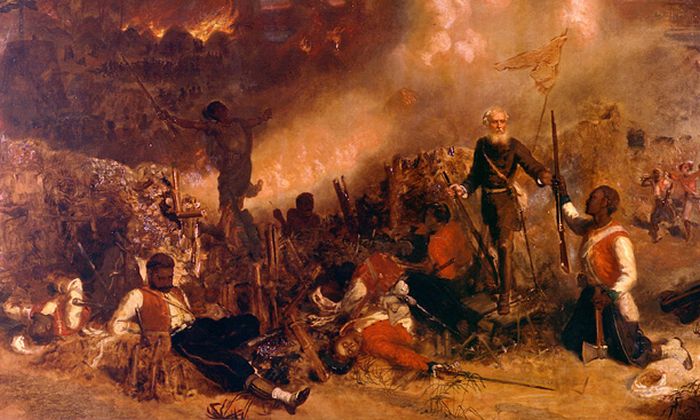Glen
Sounding promising for the pro-British elements in Texas. Jackson dead and his supporters bogged down in a war with Britain and Brown returns with aid and promises that if they join BSA they get both high levels of self-government and maintenance of their claims in the west.
Steve
Sounding promising for the pro-British elements in Texas. Jackson dead and his supporters bogged down in a war with Britain and Brown returns with aid and promises that if they join BSA they get both high levels of self-government and maintenance of their claims in the west.
Steve
Former Texas President Brown was fervently against alliance with the rebels in Southern America, and went to ground when the Jacksonians overthrew the Texas constitution in order make their foolhardy pact with the slavers of the British South to form the (from their perspective) unholy Confederation. Brown went underground to lead Anglophile Texans in armed resistance to Jacksonian tyranny. However, Brown soon realized that the Anglophile forces would need significant support to overthrow the Jackson regime in Texas. Brown was smuggled out of the country and set sail for Britain, where he entreated Parliament to support his forces in Texas. Negotiations went longer than Brown had hoped. His faction was willing to see Texas in the British Empire, but on condition that the British maintain their claims in New Mexico and California, and their right to 'responsible government'. Brown warned that if Britain did not take up the burden of Texas, then the Confederation would, and if their revolt failed, then America or even Mexico. Eventually a suitable arrangement was agreed to, and ships loaded with weapons and supplies headed out to the Texas coast to bolster the Anglophile Texans. On Brown's return to Texas, the word that greeted him was of the death of Jackson.



